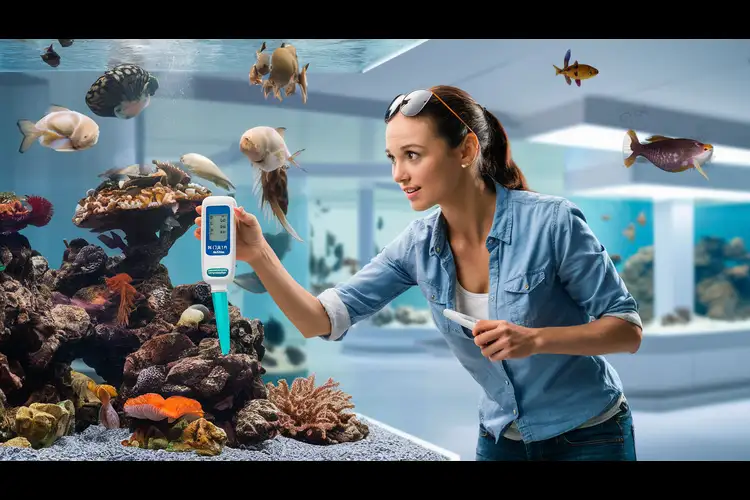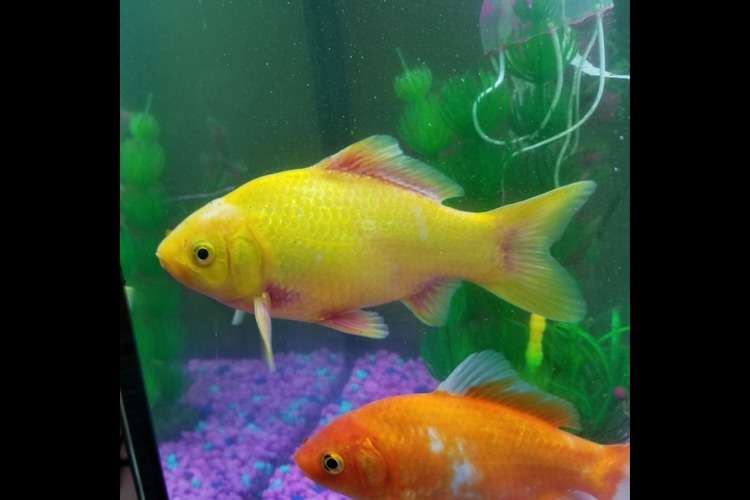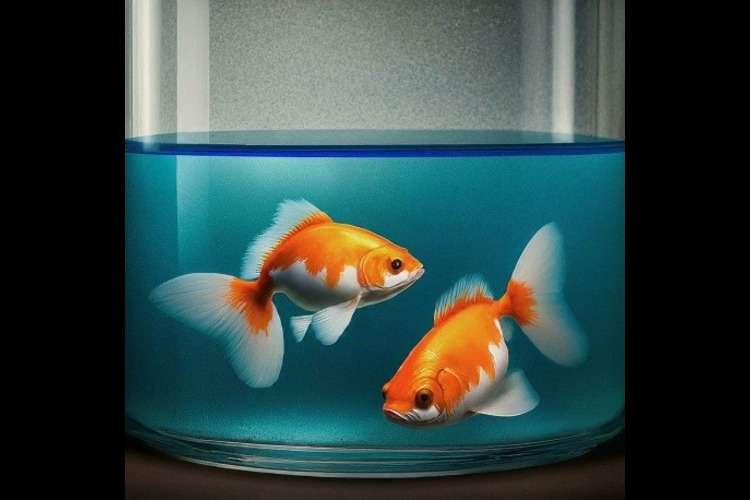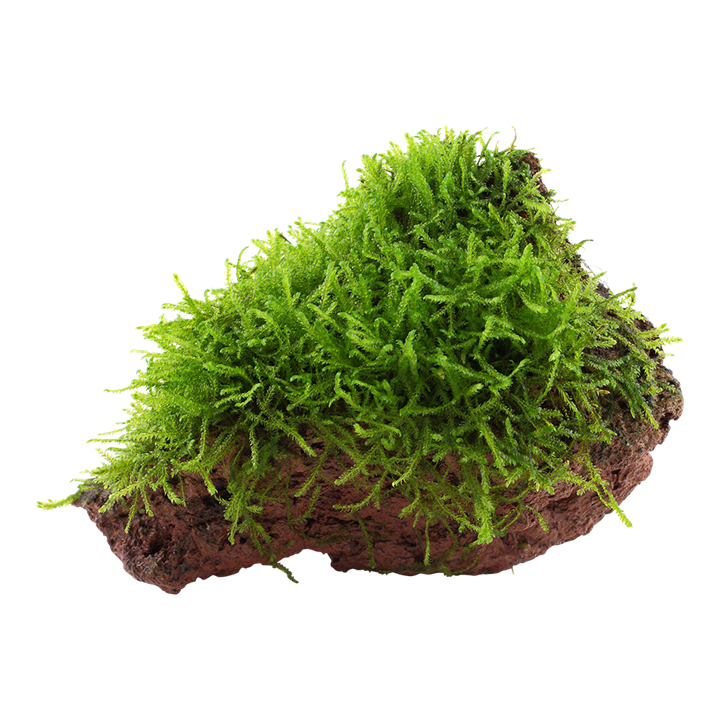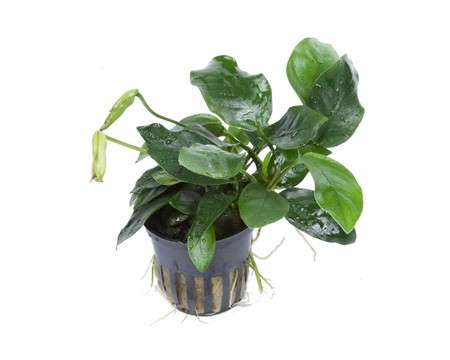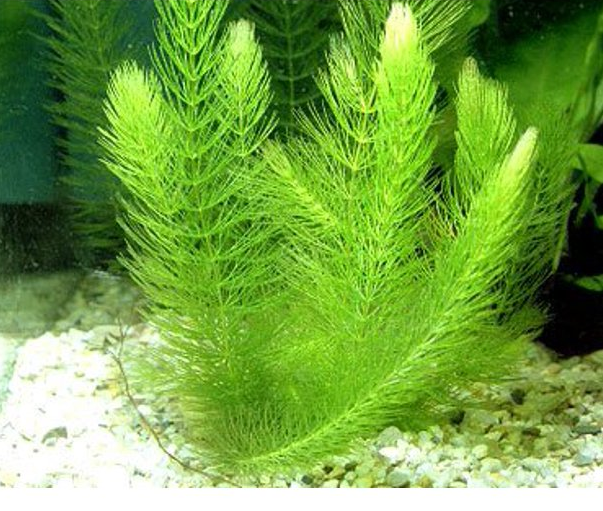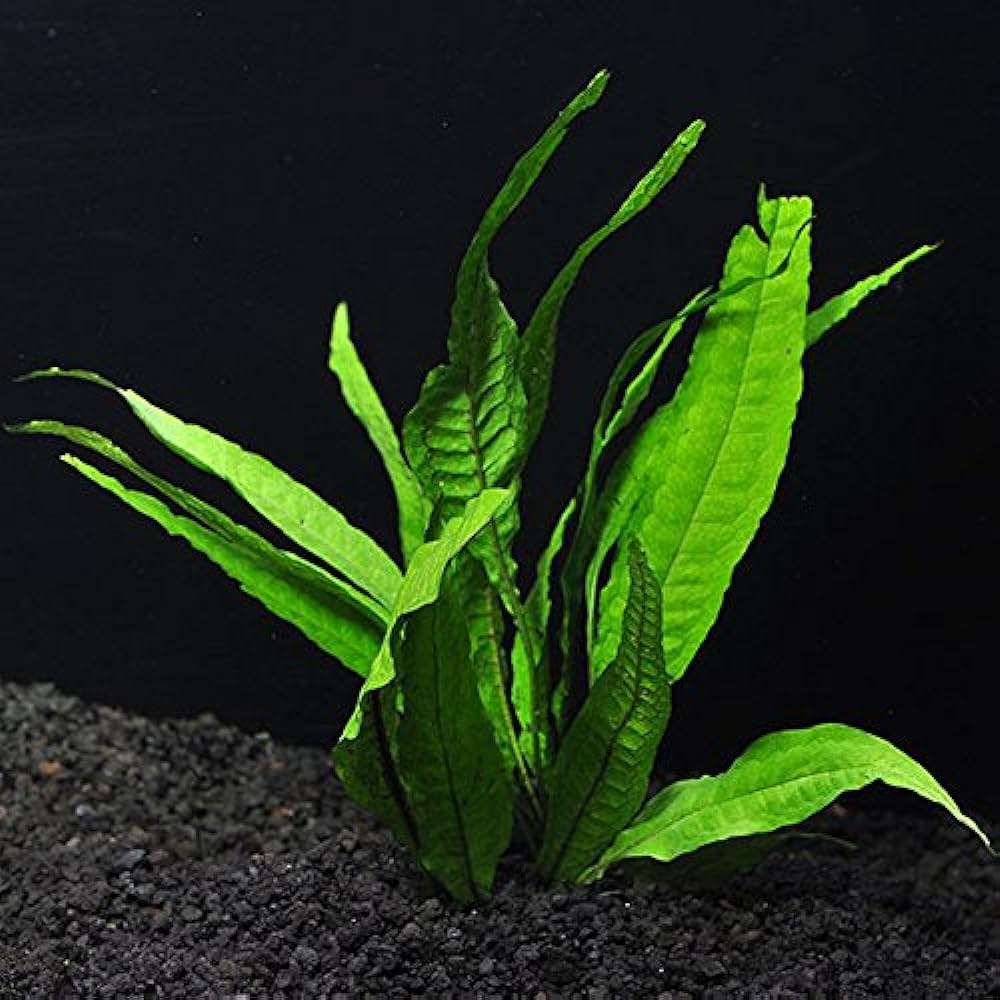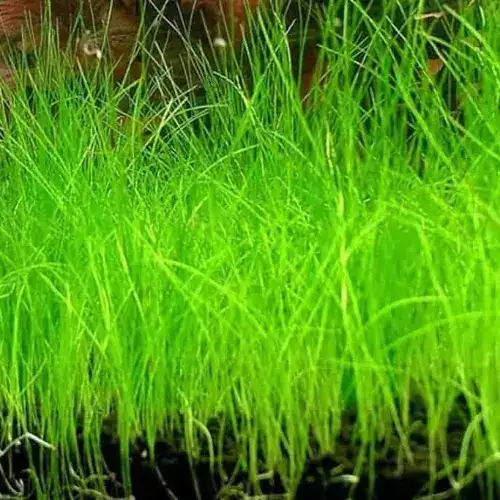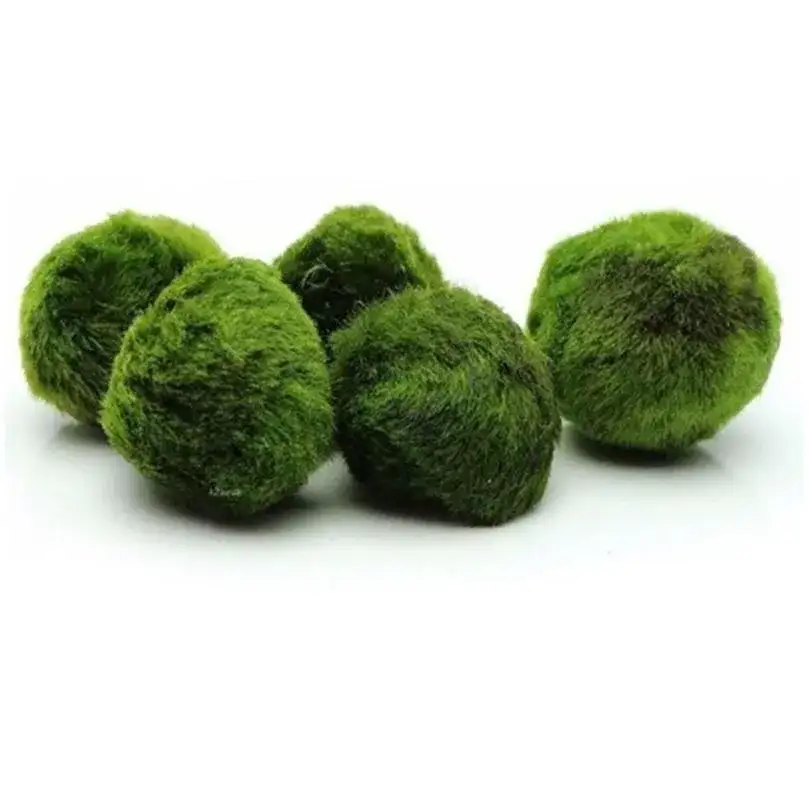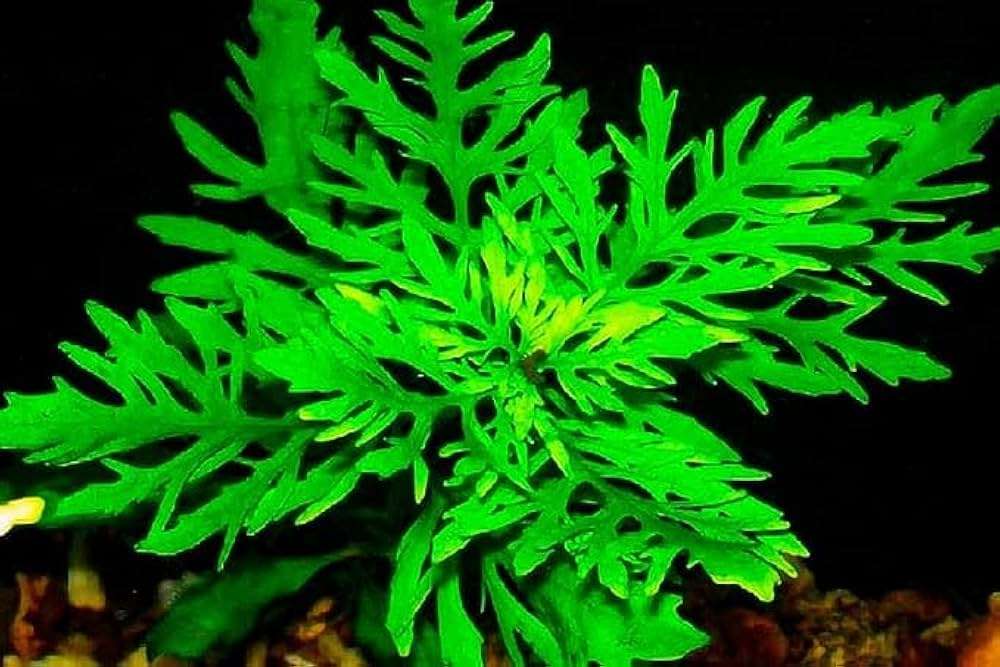Essential Aquarium Tools Every Fishkeeper Should Have
Discover the essential aquarium tools every fishkeeper needs! From water testing kits to algae scrapers, learn how these tools help maintain a clean, healthy tank environment for happy fish.
Table of Contents
- Aquarium Net
- Gravel Vacuum or Siphon
- Algae Scraper
- Aquarium Thermometer
- Water Testing Kit
- Aquarium Tongs or Tweezers
- Aquarium Filter and Cleaning Brush
- Fish Food Dispenser
- Aquarium Heater and Heater Controller
- Water Conditioner
- Faq
- Conclusion
Aquarium Net
An aquarium net is an essential tool for any fishkeeper. Whether you are moving fish, fishing out debris from the tank, or cleaning the tank, a net gives you the chance to handle your aquatic pets gently and safely. These nets come in various sizes for diverse kinds of fish-muted-mesh nets for soft-bodied fishes.
Gravel Vacuum or Siphon
When it comes to cleaning up your aquarium, one of the best things that can happen to it is the gravel vacuum. It helps in getting food, fish excreta, and other forgotten debris from the substrate of the tank. Frequent use of the gravel vacuum ensures good water quality and prevents harmful buildups and boosts filtration. Water changes can be performed using siphons.
Algae Scraper
The niggling aspect of all aquarists is algae, and it can be easily kept in check with an algae scraper, which has the advantage of being a simple tool that does away with algae growth on walls of the tank, enabling it to remain clear and more attractive. You can find magnetic scrapers that let you clean the outer glass from the inside or manual scrapers with replaceable blades for tougher algae stains.
Aquarium Thermometer
Temperature is one of the most important parameters for a balanced aquarium. An aquarium thermometer helps monitor water temperature, so that you may assure it remains within the safe range for your fish. Depending on the type of fish, a little fluctuation in temperature can become extremely stressful or possibly unhealthy; therefore, always keep a thermometer in your tank.
Water Testing Kit
Good water quality can lead to better fish. A good water testing kit allows one to measure the left're establish practice parameters including pH, ammonia, nitrite, and nitrate. Testing the water regularly can spotlight issues early so corrections may be made for the provided safety and balance after the fish's entire environment.
Aquarium Tongs or Tweezers
Aquarium tongs or tweezers are essential tools for making it easier to do certain tasks such as planting aquarium plants, rearranging decorations, or picking up small objects from the tank. They enable you to work in tight places with less disturbance to the fish, and they can prove especially helpful in aquariums with tangled plant growth or hard to reach corners.
Aquarium Filter and Cleaning Brush
The filter is a very vital piece of equipment that ensures cleaning the tank water and thus ridding it of toxins and debris. The filter should be cleaned periodically to ensure seizure-free filter action. The cleaning brush is meant for the filter and helps you extricate the buildup in carbuncular grounds.
Fish Food Dispenser
Another very important aspect of fish keeping is feeding fish on a regular schedule-a fish food dispenser will make that easier to do. These dispensers can be programmed to release food during set times which will spare you from having to feed your fish when you do not happen to be available. The dispenser will make haveover fighting-simpler fish easier than conventional feeding for check amounts.
Aquarium Heater and Heater Controller
Most kinds of fish, especially tropical species, require the water temperature to be stable for their well-being; of course, a heater that works well will keep the water at appropriate temperatures for your fish. Besides that, a heater controller avoids overheating in a way that it will turn off the heater for you if the water temperature is elevated above safe levels for your fish. This adds a layer of protection from sudden temperature fluctuation.
Water Conditioner
Whenever new water is added to a fish tank, it contains unsafe chemicals for fishes, like chloramines, and chlorine, most of which are found in the municipal supply. A water conditioner would serve to neutralize these chemicals, making the water safe for the fish. Some water conditioners promote slime coat health to provide extra protection against diseases.
Faq
1.What is the purpose of an aquarium net?
Used to move fish, remove debris, and clean the tank safely.
2.Why do I need a gravel vacuum or siphon in my aquarium?
Removes debris from the substrate, preventing buildup and improving water quality.
3.How can I control algae growth in my aquarium?
Use an algae scraper to remove algae from tank walls.
4.Why is monitoring the aquarium temperature important?
Helps maintain a stable temperature for fish health and avoids stress.
5.How often should I test my aquarium water?
At least once a week to monitor water quality and catch issues early.
6.What are aquarium tongs or tweezers used for?
For planting plants, rearranging decorations, or picking up small objects.
7.How do I maintain my aquarium filter?
Clean the filter regularly with a brush to ensure efficient filtration.
8.What are the benefits of using a fish food dispenser?
Automates feeding on a schedule to prevent overfeeding.
9.Why do I need an aquarium heater and heater controller?
Maintains a stable temperature for fish and prevents overheating.
10.What does a water conditioner do for my aquarium?
Neutralizes harmful chemicals in tap water, making it safe for fish.
11.How can these essential tools improve my fishkeeping experience?
They help maintain a clean, balanced tank for healthier fish.
12.What’s the most important tool for maintaining water quality in my aquarium?
A water testing kit to monitor key water parameters.
Conclusion
Breeding fish in a home aquarium can be both a learning endeavor and a pleasing hobby. By paying attention to the requirements of your fish and the conditions of spawning, you shall make the rearing of healthy fry more certain. Work with the easy species; observe their behavior, and make any changes found necessary. Breeding is fun!


